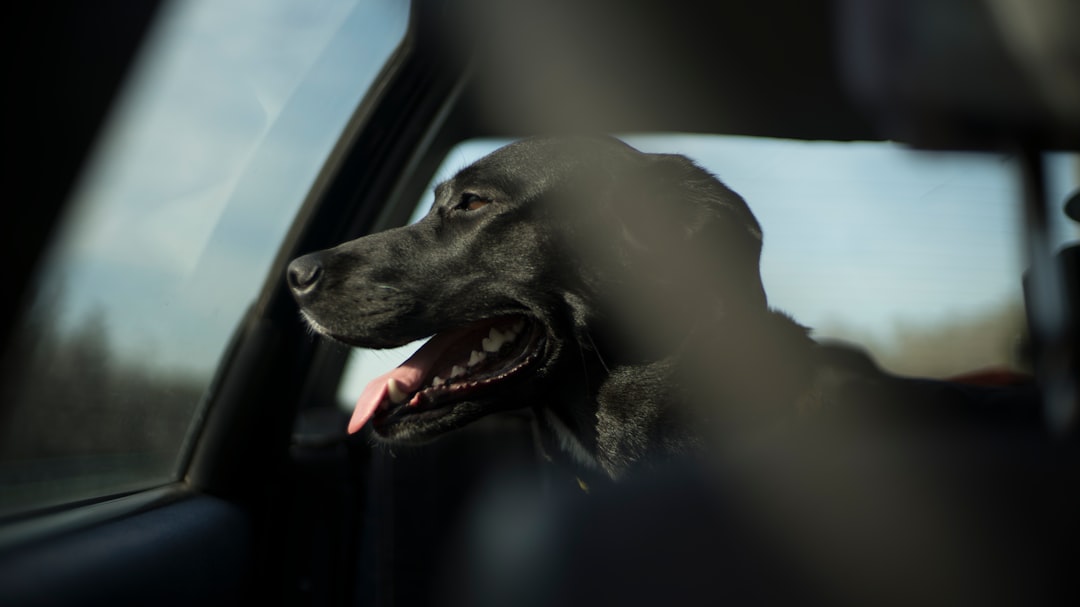Does your furry friend get anxious or queasy during car rides? Motion sickness in dogs is more common than you might think, affecting up to 48% of our canine companions, especially puppies and young dogs. The good news? Car sickness in dogs is both preventable and manageable with the right conditioning approach. Whether your dog shows signs like excessive drooling, whining, or vomiting during car rides, we’ve got you covered with proven solutions. In this comprehensive guide, we’ll explore 7 expert-backed techniques to help your dog overcome travel anxiety and motion sickness. From proper positioning to desensitization strategies, these practical tips will transform those stressful car rides into enjoyable adventures. Ready to make car journeys more comfortable for your four-legged friend? Let’s dive into these game-changing conditioning techniques that veterinarians swear by.
Creating a Comfortable Travel Environment
Optimal Positioning and Safety
When traveling with a dog prone to motion sickness, proper positioning plays a crucial role in their comfort. Avoid placing your pet in the front passenger seat, as this can be dangerous due to airbag deployment. Instead, secure them in the back seat or cargo area using a properly fitted safety harness or travel crate.
A travel crate provides a confined space that can help your dog feel more secure during the journey. Position the crate to minimize excessive movement and ensure it’s well-ventilated. If using a harness, keep your dog facing forward as this helps reduce sensory overload from rapidly passing scenery.
Temperature and Ventilation Control
Maintaining optimal temperature and airflow is essential for preventing car sickness in dogs. Keep your car cool by using air conditioning or opening windows slightly. This helps regulate air pressure inside the vehicle, which can significantly impact your dog’s comfort level.
Proper ventilation helps prevent overheating and reduces the likelihood of nausea. Consider using window shades to block direct sunlight while maintaining airflow. If your dog is in a crate, ensure it’s positioned where fresh air can circulate freely without creating drafts.
Monitor your pet’s comfort levels throughout the journey. Signs of discomfort may include excessive panting or restlessness, indicating you need to adjust the temperature or ventilation. Remember that different breeds have varying temperature tolerances, so adjust accordingly.
Conditioning Techniques for Car Travel
Positive Association Building
Creating positive associations with car travel is essential for helping your dog overcome motion sickness. Start by making the car a welcoming space for your furry friend. Place their favorite toys, blankets, or treats in the vehicle when it’s parked. This simple step helps them view the car as a safe and enjoyable environment rather than a source of stress.
The best approach is to let your dog explore the stationary car at their own pace. Reward them with treats and praise when they show interest or willingly enter the vehicle. Use a specific visual cue, like patting the car seat, to signal that it’s time for a positive experience.
Consider feeding your dog their meals near the car or even inside it while parked. This creates a strong positive connection between the car and something they naturally enjoy. Remember to maintain a calm and encouraging demeanor throughout this process.
Gradual Exposure Training
The right approach to car travel conditioning involves systematic desensitization. Begin with very short sessions where you simply sit in the parked car with your dog for a few minutes. Offer treats and gentle praise to reinforce that the car is a safe space.
Once your dog is comfortable, start the engine but don’t move. Let them get used to the sound and vibration while continuing to provide positive reinforcement. Gradually progress to extremely short car rides – perhaps just backing out of the driveway and returning.
Slowly increase the duration of each car ride as your dog shows signs of comfort and confidence. Keep the initial trips under 5 minutes and always end on a positive note. You might drive to a nearby park or another favorite destination to further strengthen positive associations.
Throughout the training process, maintain consistency with your rewards and praise. Watch for any signs of distress and be prepared to scale back if needed. Remember that every dog progresses at their own pace, so patience is key to successful conditioning.
From pulling on walks to ignoring commands—we can help.
Off Leash K9 Training in Indianapolis provides expert, results-based dog training that addresses real problems in real-life settings. Our methods are trusted by thousands of dog owners across the country and backed by a team of experienced trainers who care deeply about your success.
We’ll teach your dog to listen, respond, and behave calmly—whether at home, on walks, or at the park. Take the first step toward a more obedient companion today by calling (833) 349-6959



